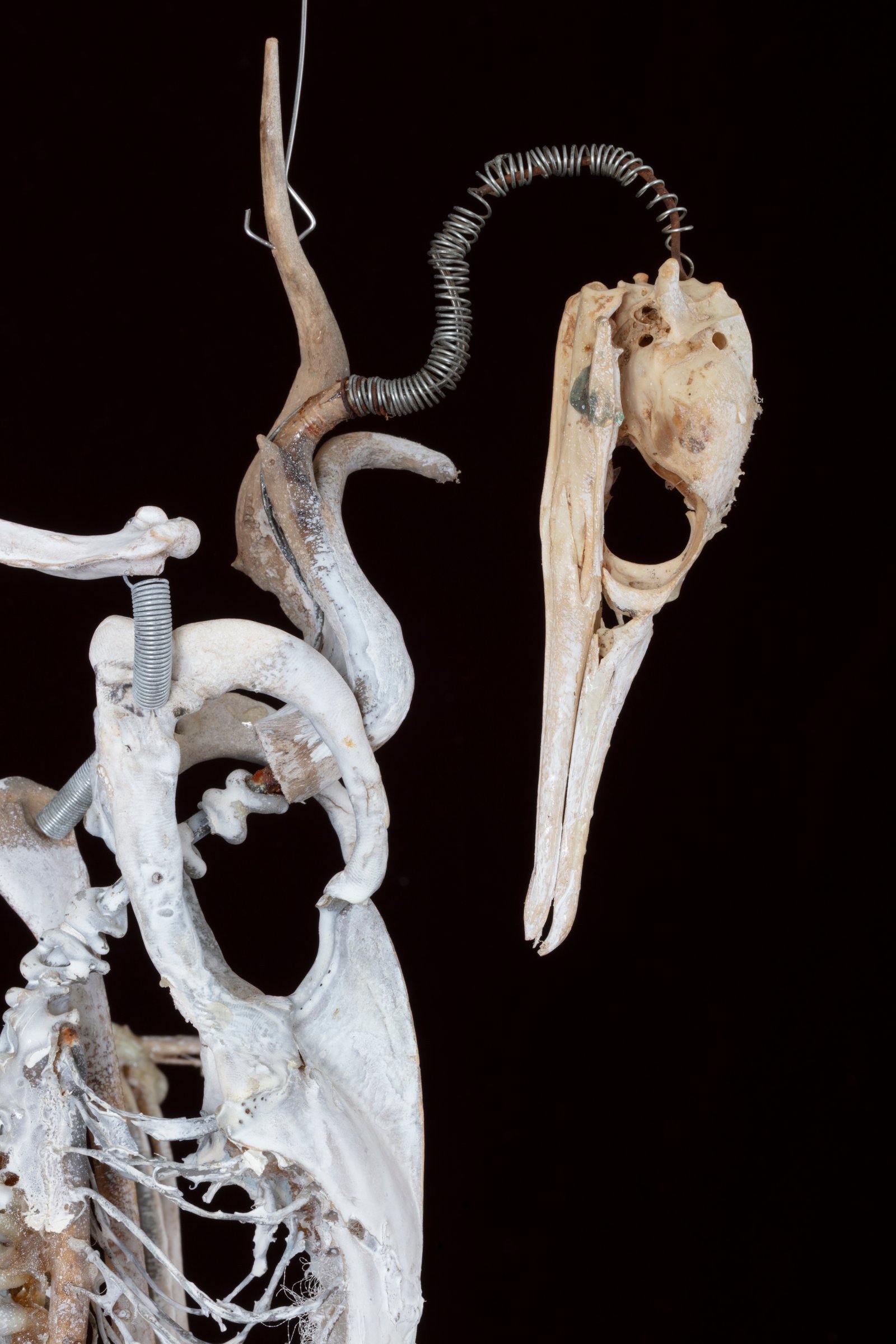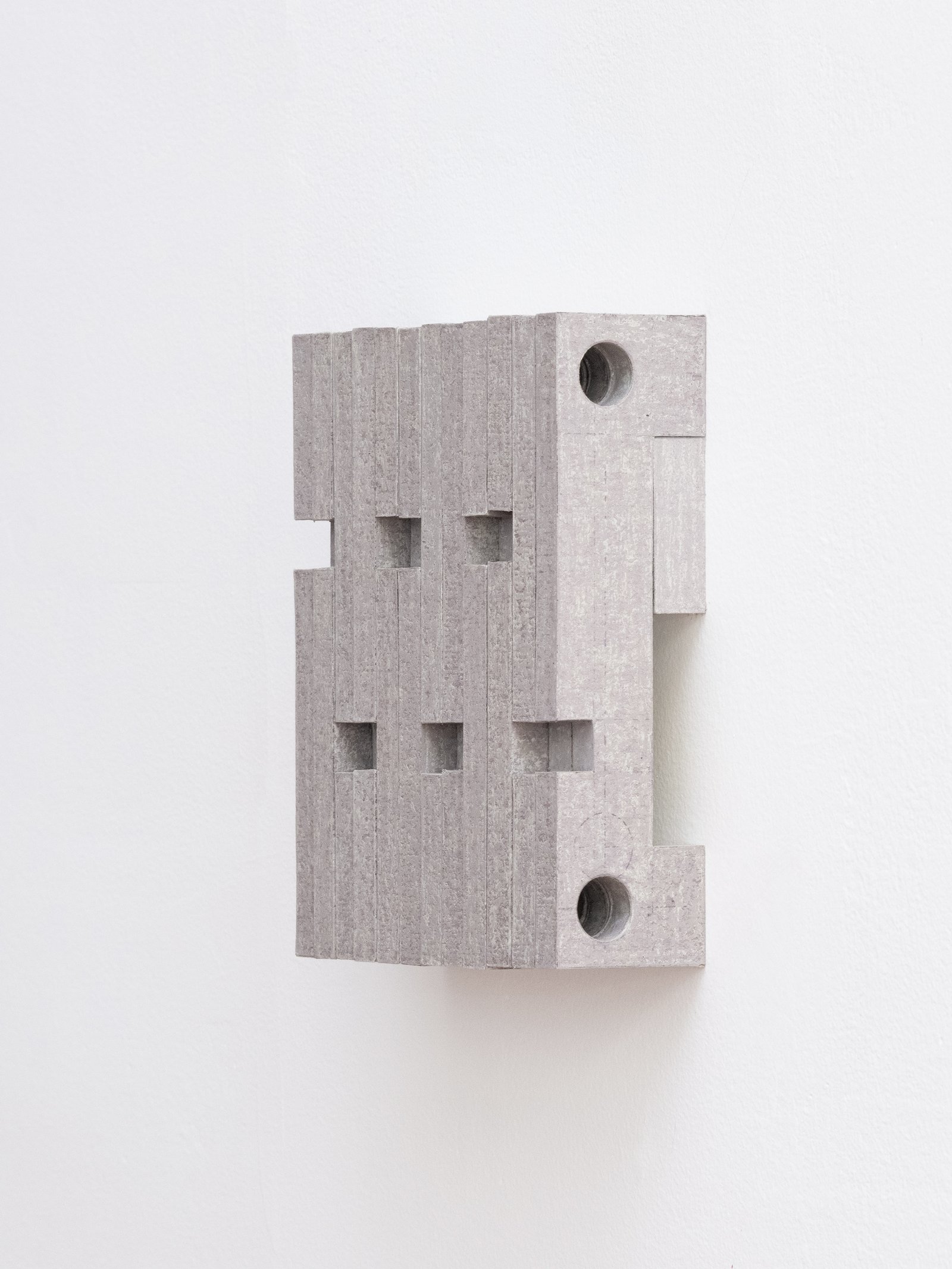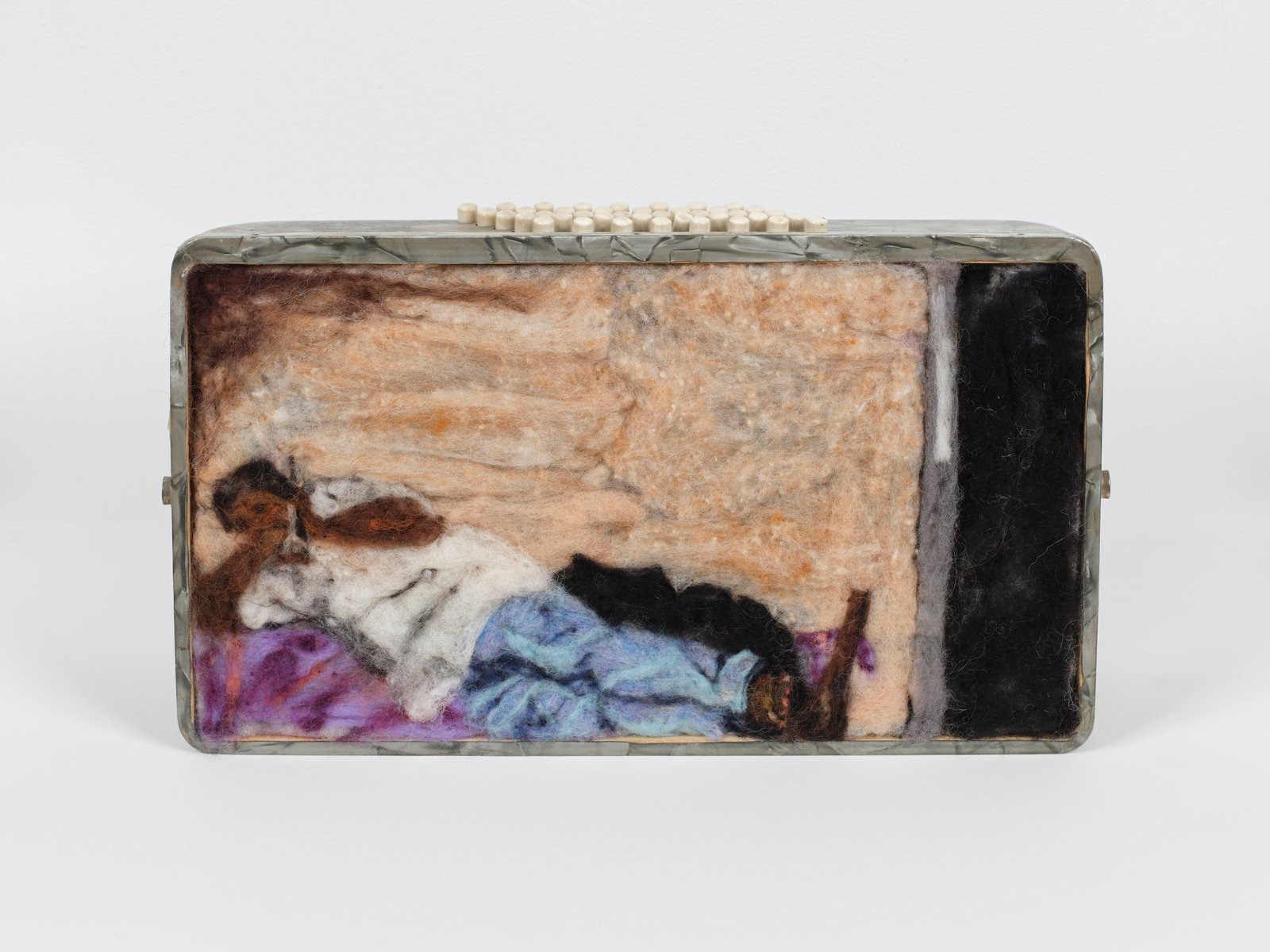Liste 2024: ephemeral and permanence in six galleries
In 2024 Liste is about relationships: between man and environment, time and memory, loss and death. Here is our six galleries preview
The countdown has begun. Art Basel is just around the corner, and so is Liste, which from June 10 will host 35 countries and 91 galleries, 75 of them featuring monographic exhibitions. This has always been the preferred platform for discovering new voices, possibly outside the chorus of the establishment. And if the blackest portents are looming on the horizon of a world falling apart, Liste reacts with its distinctive optimism and creative energy, therefore without sticking its head in the sand, but focusing on the current situation through a variety of proposals that reflect the many points of view on the relationship between man and environment, time and memory, loss and death, i.e., the themes at the heart of this edition. We have selected six participating galleries, some for the first time, whose proposals question us about the potential of art as a tool for debate and confrontation, the nature of the ephemeral, and the meaning of permanence.
Parallel Oaxaca
Myth and storytelling are the tools the Mexican gallery deploys in the elaboration of a telluric imagery in which humankind, flora, and fauna meet to reveal intimate relationships in the common and shared desire for a protean aesthetic. Patricia Belli’s sculptures are made of bones, twigs, and plastic waste deposited on the seashore. The salvaged materials, assembled, give life to post-organic skeletal figures. “Patricia’s new work stems from a reflection on the fragile South American ecological context,” says founder Oliver Martinez Kandt, “and it establishes a parallel with our fragility as to offer the key to interpreting a geography of territory and human impulses.” In a society that has forgotten common sense in dealing with climate, the artist suggests the need for a remedy, a cure based on empathy, a vision that is both joyful and, at the same time, disillusioned: the reciprocity between us as bodies and the universe we inhabit is like the surface of a mirror that has become deformed and that it is up to man and his conscience to straighten.

Lovay Fine Arts
The Geneva gallery plays at home by presenting Kartonagen at this edition of Liste, a group of new sculptures created by Michèle Graf and Selina Grüter, accompanied by a kinetic work from the Clock Work series. Time and language, in their material and universal manifestations, are subjected to a process of deconstruction. Cancellation and recomposition are the tools of anatomy that reveal an automatic and serrated heart; elsewhere, one of the internal mechanisms of a clock becomes the canvas to be obsessively replicated in varied cardboard reconfigurations. Cryptic parallelepipeds formed from side-by-side lamellae emerge, alternating solids and voids and seeming to allude to an arcane vocabulary or musical score. They are fractures and caesuras that, as Louis Marin argued in Della Rappresentazione, “tear apart a semantic and logical coherence.” Graf and Gruter’s ars combinatoria is the aesthetic and tangible expression of one of the gallery’s founding principles: “Lovay Fine Arts wants to give space to the critical and innovative instances of emerging or established artists,” stresses director Balthazar Lovay, and continues: “being a gallerist today means building a solid awareness of various practices in dialogue with each other that cannot transcend knowledge of art history.”

Rose Easton
For the gallery founded in 2021, each exhibition offers an opportunity to transform the London venue’s space into an ever-changing universe. And to celebrate its first participation in Liste, who better than the first artist historically welcomed into the fold? In Louis Morlae’s Purgatory, we come across a group of sculptures somewhere between human and robotic, reminiscent of Bosch and Breughel, trapped in unnatural, unhealthy, Kafkaesque poses. “At a time when the world appears in an exponentially dystopian perspective, Morlae’s research reflects on the threats of a future that is now upon us,” Rose Easton points out. Made of seductive and sensual materials such as fiberglass and resin, the sculptures betray the phantom promises of progress devoted to perfection. These are tragic metaphors for a sick human condition, which, as in the case of Park McArthur or Carolyn Lazard, coincides with that of the artist. In Body and Pain (1985), Elaine Scarry declared that pain and illness can serve as innovative stimuli. Morlae, with her now winking, now repelling sculptures, provides evidence of this.

P21
On April 16, 2014, in the cold waters of South Korea, the Sewol sank. 304 people died, many of them students on a school trip. Due to a series of human errors, the incident had a significant media impact and generated collective trauma. This event was the starting point for Keem Jiyoung’s artistic investigation, whose Glowing Hour project aims to confront something unrepresentable: pain. At the center of the presentation conceived for Liste, there are oil paintings depicting candles, painted at a more or less close distance. While in some cases the flame seems to sway in its entirety, elsewhere the gaze becomes so close as to reproduce only a detail. Gerhard Richter comes to mind, but whereas in the latter isolation prevails, the atmosphere recreated here is that of a memorial, of a choral meditative dimension also suggested by the presence of candle-shaped sculptures. “Keem Jiyoung’s work is on two levels,” says Zach Williams of P21 Gallery, founded in 2017 in Seoul, “on the one hand, it evokes a specific event; on the other, it invites the viewer to reflect as part of a larger debate about human responsibility in the face of disasters like the Sewol.”

Margot Samel
For Melissa Joseph, there is no difference between an oil painting and a felt painting. On industrial wool support, laid out as if it were a canvas, the Indo-American-born artist adds layers of color from wool fibers and, using a needle that has tiny hooks, “paints” to bring the threads to the surface, applying the same figurative and perspective principles borrowed from traditional painting. The surface is often complicated by the presence of other materials such as clay or small repechage objects that give the work additional three-dimensional depth. “Although the needle felt technique has ancient origins, almost no one in the contemporary art world employs it,” says her gallerist Margot Semel, “and we hope that the work, deeply rooted in the past of the artist who grew up in rural Pennsylvania, will catalyze public interest.” The art of Joseph is vernacular in flavor, evolving from personal photographic memories into a multifaceted perspective and addressing more pressing social issues, including labor and gender identity.

Gauli Zitter
From the Venice Biennale to the Whitney Biennial, gender identity is after all a recurring theme, and Liste is also participating in the debate. Gauli Zitter, founded in Brussels last year by Philip Poppek and Piero Bisello, presents the work of Mona Filleul, winner of a Swiss Art Award in 2023. The artist starts with digital compositions related to her own experiences, which are later translated into sculptures. The variety of materials used for the works in the “Phantasia” series, such as beeswax and pigments, LED lights, and embroidery, reflect the existential intertwining and complexity of social, economic, and environmental conditions that the artist is called upon to untangle. Filleul’s case is that of an artist who is in some ways “extreme,” for whom life and work coincide without falling into fanciful romanticism. In Brussels, Filleul has built herself a cabana with her own hands where she lives, sleeps, and listens to music. The reflection on the meaning of being a trans woman in the Western world is inevitably intertwined with that of survival and precarity. Alongside the sculptures, there are also works that derive from the “discarding” of the main works, in a recovery perspective that deepens the investigation of materials. Regarding the work of the artist and the role of the gallerist today, Bisello says “We are interested in works and artists that require extra effort to understand. The challenge always pays off, especially in the long term. Works of art must continue to inspire, even many years after their conception.”

June 10, 2024
